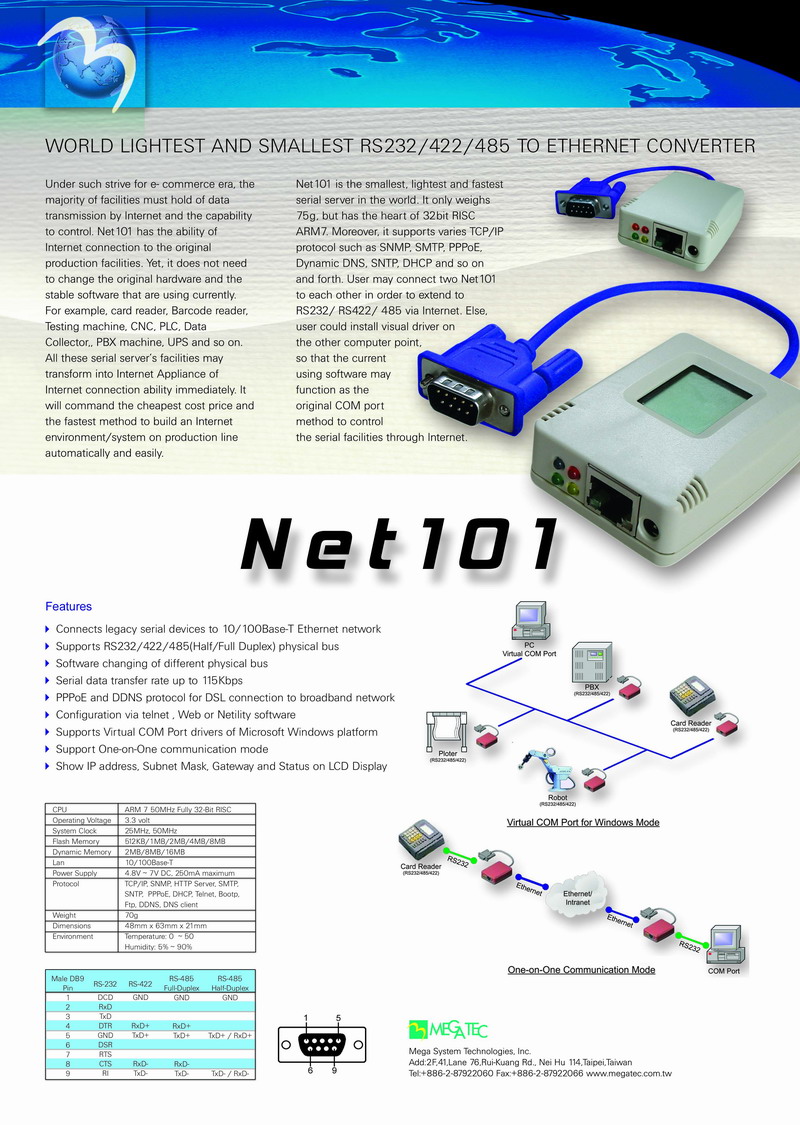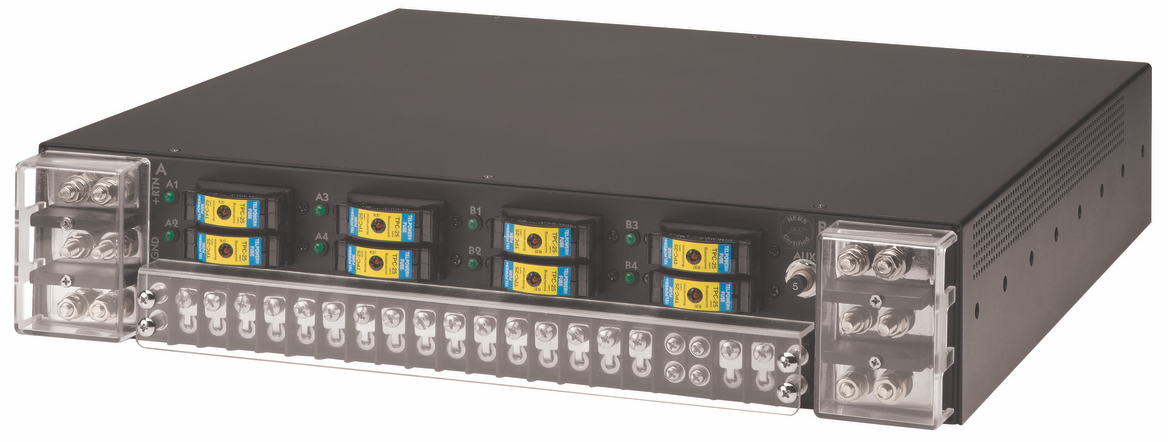

- #REMOTE POWER MANAGER DRIVERS#
- #REMOTE POWER MANAGER DRIVER#
- #REMOTE POWER MANAGER SOFTWARE#
- #REMOTE POWER MANAGER PC#

ACPI Power Resources represent the voltage rails that power devices and the clock signals that drive them. Power resources and statesĪ device declares its support for a power state by listing the set of power resources it requires in order to be in that state. The following sections describe these capabilities and objects. Power-managed devices use child objects to describe their power capabilities to the operating system. For more information, see section 6.2.10.2, "Platform-wide OSPM Capabilities", in the ACPI 5.0 specification. The platform indicates its support for D3cold by granting the OS control of the "_PR3 Support" feature (bit 2) when requested by using the platform-wide OSPM Capabilities Method. Finally, a device can be armed to wake itself from a low-power state due to a hardware event, and, if necessary, to also bring the platform out of an idle state. This requirement, and the power used to meet it, are removed in D3cold.
#REMOTE POWER MANAGER SOFTWARE#
The D3hot substate requires the device to remain accessible on its parent bus so that it can respond to bus-specific software commands. In addition, the D3 (off) state has two substates, D3hot and D3cold. Each state can have different power requirements, with higher-numbered states consuming less power than lower-numbered states. Namespace devices support up to four device power states, numbered D0 (full-function, or "on") to D3 (no function, or "off").
#REMOTE POWER MANAGER DRIVER#
For more information about D3cold driver opt-in, see Supporting D3cold in a Driver.
#REMOTE POWER MANAGER DRIVERS#
For this reason, drivers (bus and function), as well as the platform itself, must indicate that they support it. However, removing power must be supported by all affected components in order to be able to return to D0 successfully.

This capability can significantly improve battery life. By using this support, devices, platforms and drivers can opt in to having device power completely removed during run-time idle periods. It is possible to, and some device stacks do, use ACPI Device Power Management alone, or in combination with the microPEP for on-SoC device power management.Īs described in Device power management in ACPI, Windows supports the D3cold power management capabilities that are defined in the ACPI 5.0 specification. For these ACPI-managed devices, the power policy owner in a device driver stack (typically the function or class driver) makes device power state transition decisions, and the Windows ACPI driver, Acpi.sys, invokes ASL control methods to apply the required platform-specific power controls. For more information about PoFx, see Overview of the Power Management Framework.įor peripheral devices that aren't integrated into the SoC, Windows uses ACPI Device Power Management. These framework-integrated devices are power-managed by PoFx through a SoC-specific power engine plug-in (microPEP) that knows the specifics of the SoC's power and clock controls. Therefore, battery life is highly dependent on how platforms implement run-time device power management.ĭevices that are integrated into the SoC can be power-managed through the Windows Power Framework (PoFx).
#REMOTE POWER MANAGER PC#
In traditional PC systems, ACPI-defined sleeping states (S1 through S4) are also used to save power, but these disconnected, high-latency sleep states aren't used on Windows SoC platforms. While a system is running (that is, the system is in the ACPI-defined working state, S0), individual devices can make transitions between device power states, depending on activity, to save power. Another object type can describe the ability of the device to wake from a low-power state in response to hardware events. For example, one set of objects can specify the power resources that a device requires in each supported device power state. The ACPI 6.3 specification defines a set of namespace objects to specify device power information for a device.


 0 kommentar(er)
0 kommentar(er)
